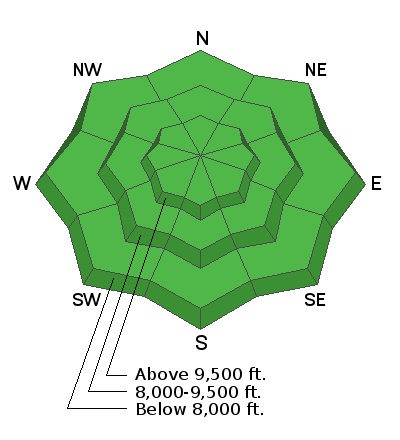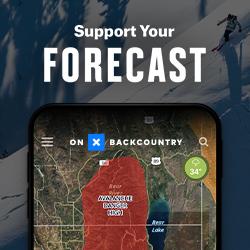Forecast for the Salt Lake Area Mountains

Issued by Evelyn Lees on
Thursday morning, December 20, 2018
Thursday morning, December 20, 2018
The avalanche danger is LOW, and the snowpack mostly stable. But Low danger doesn’t mean no danger - avalanches can be triggered on isolated terrain features. The most likely slopes would be those facing north through easterly at the upper elevations, or any steep slope with a recent drift of wind blown snow.
Carry and practice with your beacon, shovel and probe. Travel one at a time in steep terrain, keep your partner in sight and be in position to get to them quickly should there be an avalanche.

Low
Moderate
Considerable
High
Extreme
Learn how to read the forecast here





